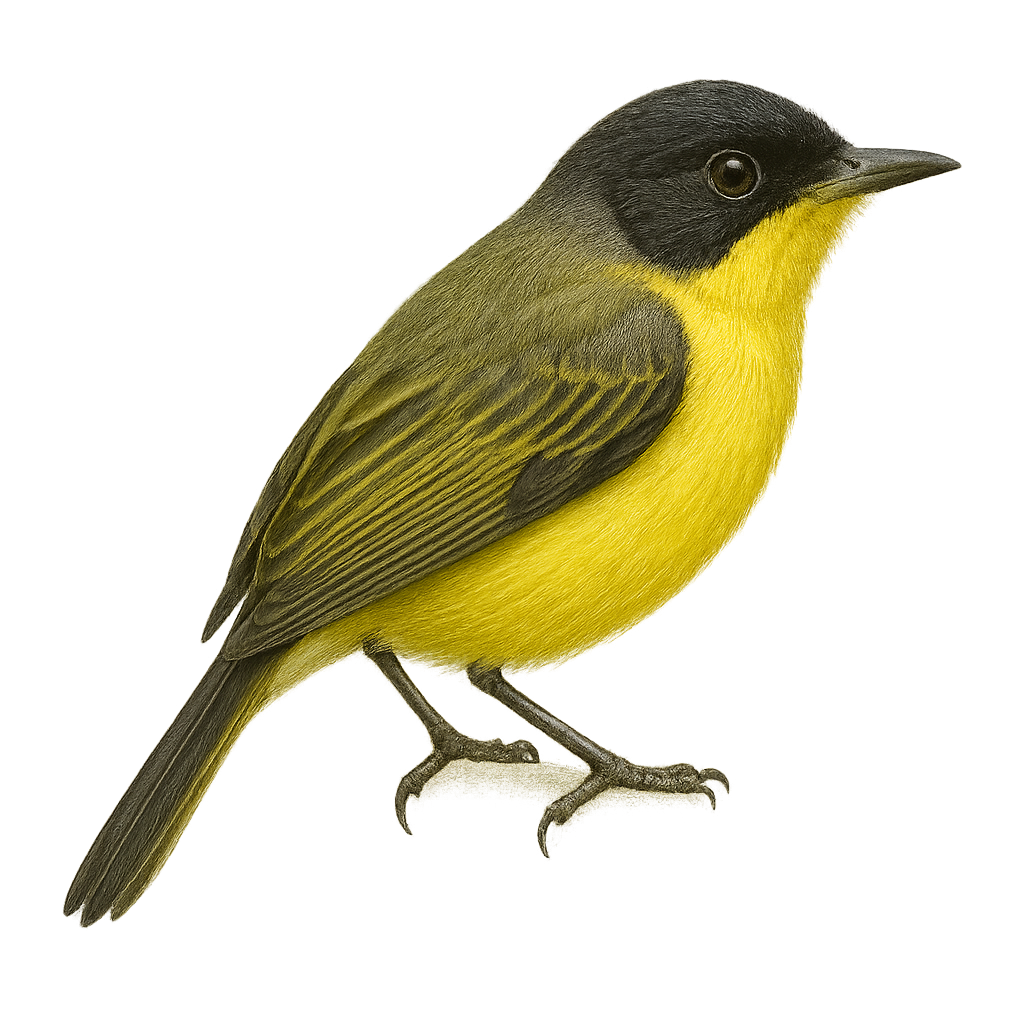Your wildlife photography guide.
Explore the common tody-flycatcher in detail, study its behavior, prepare your shots.
Where to observe and photograph the common tody-flycatcher in the wild
Learn where and when to spot the common tody-flycatcher in the wild, how to identify the species based on distinctive features, and what natural environments it inhabits. The WildlifePhotographer app offers tailored photography tips that reflect the common tody-flycatcher’s behavior, helping you capture better wildlife images. Explore the full species profile for key information including description, habitat, active periods, and approach techniques.
Common Tody-Flycatcher
Scientific name: Todirostrum cinereum

IUCN Status: Least Concern
Family: TYRANNIDAE
Group: Birds
Sensitivity to human approach: Tolerant
Minimum approach distance: 5 m
Courtship display: March to April
Incubation: 15-17 jours
Hatchings: March to May
Habitat:
Tropical forests, mangroves, open wooded areas
Activity period :
Primarily active during the day, with peak activity in the morning and late afternoon.
Identification and description:
The Common Tody-Flycatcher, or Todirostrum cinereum, is a small bird native to Central and South America. It is easily recognized by its gray and bright yellow plumage and its distinctive flattened bill. Measuring about 9 to 11 cm, it is often found in tropical forests, mangroves, and open wooded areas. Its song is a high-pitched, rapid trill, often heard before the bird is seen. It feeds primarily on insects, which it catches in flight or on leaves. The Common Tody-Flycatcher is a sociable bird, often seen in pairs or small groups, and is known for its curiosity towards humans.
Recommended lens:
400 mm – adjust based on distance, desired framing (portrait or habitat), and approach conditions.
Photography tips:
To photograph the Common Tody-Flycatcher, it is advisable to use a 400mm lens or longer to capture precise details without disturbing the bird. Look for it in tropical forests or mangroves, where it is often active during the day. Be patient and discreet, as although it is tolerant, it may fly away if approached too abruptly. Use a fast shutter speed to freeze its quick movements and a tripod to stabilize your camera.
The WildlifePhotographer App is coming soon!
Be the first to explore the best nature spots, track rutting seasons, log your observations, and observe more wildlife.
Already 1 431 wildlife lovers subscribed worldwide

